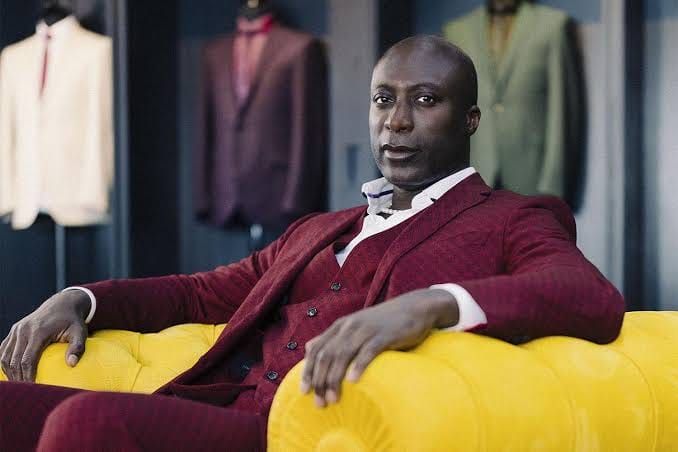British-Ghanaian fashion maestro Ozwald Boateng made a striking and impactful debut at the Met Gala in New York this May, capturing hearts and minds at the fashion industry’s biggest night by masterfully merging African aesthetics with classic British tailoring.
The renowned designer dressed 16 celebrities for the Gala, including three of Africa’s biggest music stars; Tems, Burna Boy, and Ayra Starr, as well as actors Ncuti Gatwa and Jaden Smith, effectively bringing the richness of African design to a global pinnacle of style.
The 2025 Met Gala theme, “Superfine: Tailoring Black Style,” provided a perfect canvas for Boateng’s distinctive vision. “This year’s Met Gala theme was entirely in my wheelhouse,” Boateng told African Business. “When the opportunity came to dress a number of guests for the evening, it wasn’t something I had to think twice about. I’ve spent the last four decades redefining tailoring through the lens of African identity, so it was the right moment to bring that narrative to one of fashion’s biggest global stages.”
Born to Ghanaian immigrants in London, Ozwald Boateng has consistently infused his designs with elements of his heritage, notably using Ghana’s traditional kente cloth to create his signature “tribal” pattern. His eponymous brand is celebrated for its form-fitting suits, frequently accented with West African-inspired designs that feature bold colors and intricate patterns.
Boateng’s presence at the Met Gala was a powerful affirmation of legacy, identity, and Black excellence in menswear. He highlighted the significance of the theme, asking, “Being a theme about black culture and black cultural influence, I mean, how can you do that without Africa?”
His designs for the evening carried cumulative weight, featuring deep-toned silks, ceremonial structures, and subtle Yoruba references. Jaden Smith wore a striking futuristic suit with oversized shoulders and wide-leg trousers, blending avant-garde fashion with ancestral symbolism.
Tems redefined formalwear in a bold ball gown suit made from tribal jacquard, while Ncuti Gatwa brought vintage elegance in a gold silk jacket radiating Harlem Renaissance glamour. Burna Boy made a regal entrance in a royal red tuxedo with a dramatic oxblood eel skin cape, a look partly inspired by his Nigerian roots and symbolizing survival and the flow of tradition.
The significance of Boateng’s visibility extends beyond individual acclaim, signaling a broader acknowledgment of the industry’s cultural and creative debts. His appearance does not suggest novelty but rather affirms something consistently understood by those familiar with his work: innovation is not always about newness, and meaningful impact does not require spectacle.
This comes even as the African Export-Import Bank (Afreximbank), which supported Boateng’s showcase at the Gala, doubled its credit commitment to the global African creative industry to $2 billion, signaling strong institutional backing for African creatives. Benedict Oramah, president of Afreximbank, noted that Boateng’s presence at the Gala exemplified how the Bank’s Creative Africa Nexus (CANEX) initiative helps African talents gain international recognition, potentially opening doors to new markets and investors.
“The visibility is there, but we must now match it with sustained investment in local talent, infrastructure, and global distribution networks. That’s how we move from recognition to real impact,” Boateng emphasized, underscoring the need for continued support to truly scale African creativity on the global stage.

